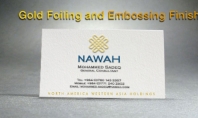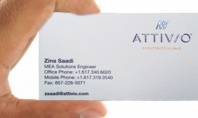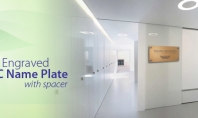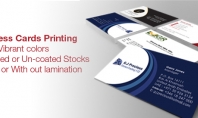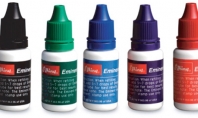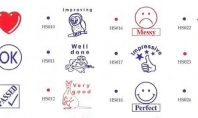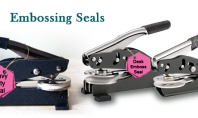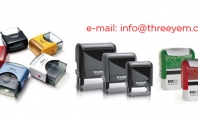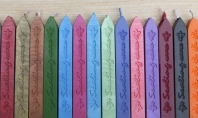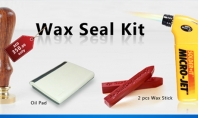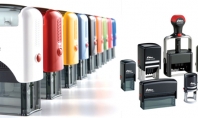The toner cartridge contains a photo-sensitive drum, primary charging roller (not Lexmark cartridges), developing station, toner reservoir and cleaning station.
The OPC drum
The drum is an aluminum cylinder coated with a layer of non-toxic, organic - photoconductive (OPC) material. The OPC material becomes electrically conductive when exposed to light. During the printing process, a laser beam traverses the surface of the OPC drum and selectively discharges parts of the surface. It thereby composes a latent, electrostatic image on the drum. The developing process then changes the latent image into a visible image by depositing negatively charged toner particles on the exposed areas of the drum. Hence the quality of the surface of the OPC drum is a significant determinant of print quality.
The OPC drum is typically designed to last about 1.5 times the rated life of the cartridge and hence the cartridge cannot be re-used for a complete cycle unless the drum is replaced. It is conceivable that original manufacturers use such OPC drums to discourage the re-filling or re-manufacturing of their toner cartridges.
Cleaning Blade
The cartridge contains a cleaning blade which sits in contact with OPC drum. As the drum rotates during printing, excess toner is removed from the drum surface and stored in the waste toner receptacle inside the toner cartridge. This receptacle must be emptied when the cartridge is re-manufactured or it will subsequently over-fill and leak waste toner into the printer. At the same time, the cleaning blade should be replaced to ensure its surface seals well against the drum.
Primary charge roller
In Lexmark printers, the primary charge roller (PCR) is located in the printer, external to the cartridge. It is a solid rubber roller with a metal core. It is located beside the OPC drum. During the printing process, a high voltage is applied across the PCR and it rotates against the drum thereby coating the light sensitive surface with a negative electrostatic charge. The surface of the PCR will gradually be coated with a grey film of unused toner and it should be cleaned each time a new cartridge is installed into the printer. After 250,000 prints, the surface of the rubber roller can wear or be damaged by contaminants, necessitating its replacement. Any damage to the PCR can result in subsequent damage to the surface of the OPC drum since the two surfaces rotate in contact with each other.
In HP laser printers, the PCR is located inside the toner cartridge. It is also coated with conductive rubber and it must be cleaned, inspected and replaced if necessary during the re-manufacturing process.
Developer roller
Lexmark cartridges contain a solid rubber developer roller which assists the transfer of toner from the reservoir onto selected areas of the OPC drum. The roller can develop flat spots over time and this will lead to black, horizontal lines appearing on the printout about 20mm apart. The surface of the roller can also wear resulting in degradation of print quality. The developer roller needs to be carefully examined and refurbished or replaced during the cartridge re-manufacturing process.
In HP printers, the developing station consists of a metallic cylinder that rotates around a fixed magnetic core. It is usually referred to as the magnetic roller or “mag” roller. These parts also wear and need to be inspected and replaced if necessary.
Toner
Laser printer toner is a powdery substance made of black plastic resin bound to iron particles. Over time, the unused toner in the cartridge will gradually absorb moisture from the atmosphere and this may lead the fine powder to form clumps with obvious implications for print quality. After-market toners may differ slightly in chemical composition to the original manufacturer’s formulation and hence they may not be truly compatible. For both of these reasons, it is important to remove any old, unused toner from the reservoir before any new toner is inserted.
Computer Chips
Over the last five to ten years, most manufacturers have installed chips on their cartridges supposedly to validate that a correctly matched, new cartridge has been installed in the printer and to enable more accurate tracking of the service life of the cartridge. The original manufacturers often release firmware updates for the printers.
Most of these chips reset a page count when they are first inserted into a printer: the counter runs backward to zero and the printer will then demand the insertion of a replacement cartridge even if there is some useful life left in the old cartridge. Note how the leading edge of the different cartridges has been changed in shape: the result is that a cartridge from one model range will not fit into a later model printer.






